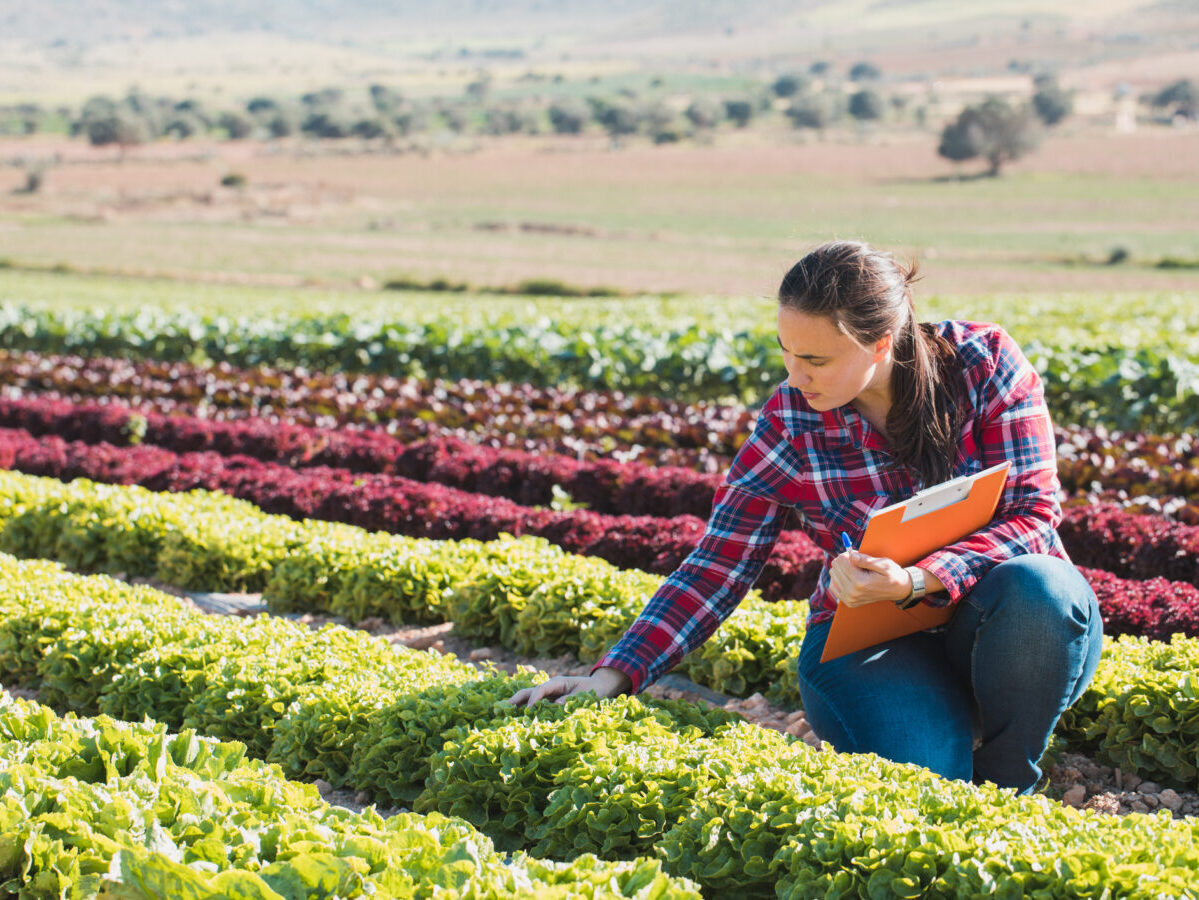Effects of organic alternatives for weed control and ground cover management on tree fruit growth, development and productivity
Steve Ela, Silver Spruce Orchard

Organic fruit production in the US, especially the western regions, is expanding. The increase is occurring for both economic and ecological reasons. Current market conditions dictate that organic apple growers produce large, flavorful, high quality fruit. Large, high quality fruit receive price premiums and market acceptance whereas small fruit can be difficult to sell, even at lower prices. To grow large fruit, trees must be unstressed and provided with adequate water and nutrition. Weeds can compete with fruit trees for both water and nutrients. Research has demonstrated that weed competition in young fruit trees reduces tree growth and efficiency, and therefore decreases fruit production and fruit size (Merwin and Stiles, 1994). Reduced tree growth reduces tree volume and potential production. Thus, it is a standard orchard practice to control weeds during the establishment and early growth of an orchard. However, the effect of weed competition on production and fruit size of mature fruit trees has not been studied. Most experiments are conducted on young trees so that blocks can be established solely for the purpose of the experiment. Most commercial fruit, both peaches and apples, is produced on mature trees. Thus it is important to understand the effects or lack of effects that weeds may have on a mature tree. This information could have significant impact on how orchards are managed.
Region
Western
Topic
Crop Nutrient Management, Weed Management
Category
Tree and Vine Crops
Date Range
2000 and earlier
Funding Amount
Year 1: $7,680
Year 2: $7,680
Year 3: $7,680
Funding Year
2000, 2001, 2002Location
Hotchkiss, Colorado
Collaborators
Ron Godin, Western Colorado Research Center, Colorado State University
Curt Rom, University of Arkansas
Rick Zimmerman, Western Colorado Research Center, Colorado State University
Shane Max, Western Colorado Research Center, Colorado State University



